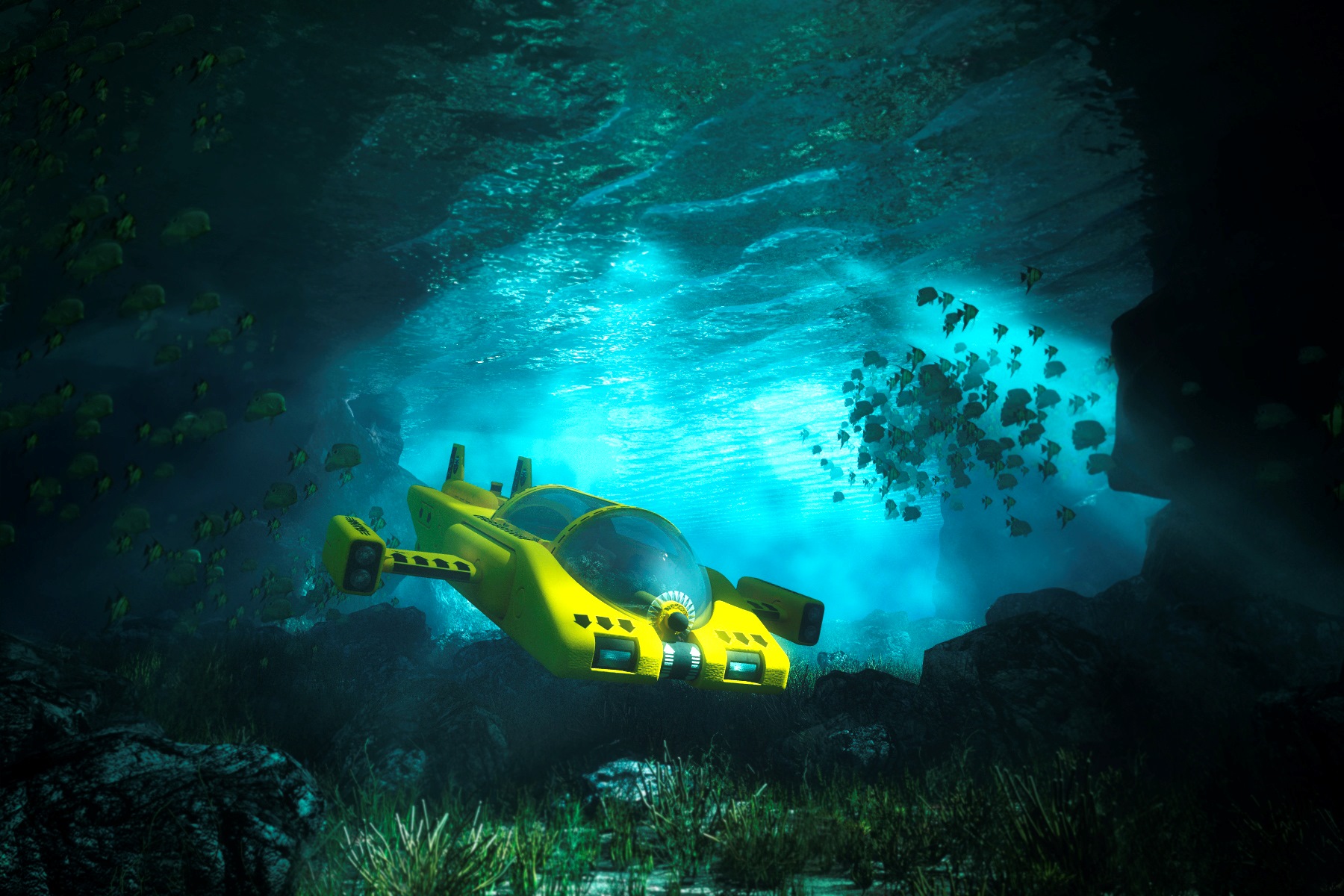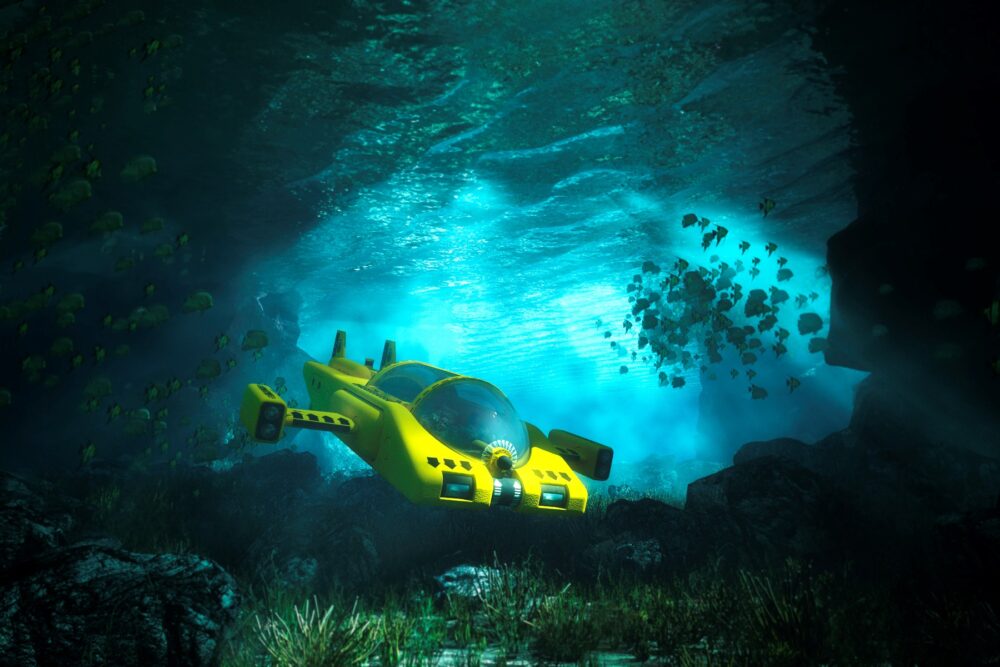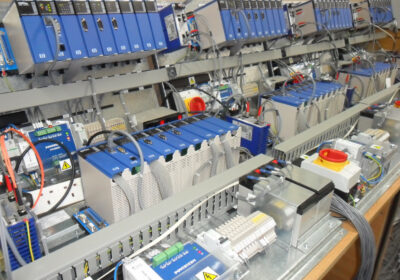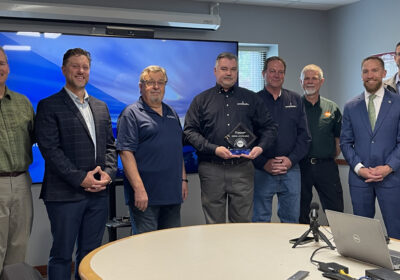~ How battery technology is evolving for subsea use ~
As humanity’s exploration of the ocean’s depths expands, so too does the demand for reliable and efficient energy storage systems for subsea applications. The need for robust battery technology is driven by the increasing complexity and duration of subsea missions, which range from deep-sea exploration and scientific research to the operation of critical infrastructure in offshore oil and gas industries. Here, Leon Adams, VP of Sales and Marketing at Southwest Electronic Energy Group, an Ultralife company, explores the technological advancements and critical challenges faced in developing subsea battery systems.
Operating under the ocean’s surface poses unique and daunting challenges for battery technology. The subsea environment is characterised by high pressures, low temperatures and the ever-present threat of water ingress — at depths reaching 6,000 metres, pressures can exceed 600 atmospheres (atm), a force that can crush conventional battery systems and their associated electronics if not properly designed.
Water ingress is a particularly insidious threat. Seawater, with its high salt content, is an excellent conductor of electricity. Any breach in a battery’s housing can lead to short circuits, catastrophic failures and, in the worst-case scenario, explosions. Traditional battery systems, often designed to operate at one atmosphere (the pressure at sea level), require significant modifications to survive in these extreme conditions. Temperature is another critical factor, with deep-sea temperatures often hovering just above freezing. These low temperatures can adversely affect the performance of battery chemistries, reducing their efficiency and operational life.
Additionally, the high pressures experienced at depth can compromise the structural integrity of battery cells and the electronic circuits that manage them. Traditional batteries are generally unsuitable for such environments without significant reinforcement within a pressure vessel, which can result in a bulky and inefficient system. This has led to a focus on developing more advanced technologies capable of withstanding these harsh conditions and high pressures while maintaining performance.
Navigating the trade-offs in subsea battery design
The development of subsea batteries involves navigating a series of complex trade-offs between cost, safety, energy density, and environmental adaptability. Lead-acid batteries, for example, are known for their reliability and low cost. They have been widely used in various applications due to their safety and simplicity. However, their low energy density, significant weight, and limited capacity make them less ideal for subsea applications where space and weight are critical constraints. Furthermore, lead-acid batteries face issues related to gas emission during charging, which can be hazardous in sealed environments.
Lithium-ion (Li-ion) batteries, particularly those with 18650-size cases or polymer cells, offer a more attractive alternative for subsea applications. They provide a higher energy density, meaning more energy can be stored in a smaller and lighter package. This is crucial for subsea vehicles, where the weight and size of components directly impact performance and operational range. However, Li-ion batteries are not without their challenges. They require active safety management charge and discharge protection without which they can be prone to thermal runaway, which is where the battery’s temperature increases so rapidly that energy can be released uncontrollably, posing a risk of fires or explosions. Also, the severe pressure of deep ocean makes typical Li-ion batteries, designed for surface atmosphere, unusable.
SWE’s approach to subsea battery technology, particularly with its adoption of pressure-tolerant Lithium-ion Polymer batteries and engineered battery management system in its SeaSafe® product line, represents a significant advancement in addressing these trade-offs. By developing pressure-tolerant cells, SeaSafe® eliminates the need for bulky pressure vessels, allowing for more compact and lightweight battery systems. This innovation not only improves the energy density of the batteries but also makes them more suitable for integration into various subsea platforms, from small autonomous underwater vehicles (AUVs) to large underwater habitats.
Addressing thermal management and safety
Another significant area of advancement in subsea battery technology is thermal management. The deep-sea environment’s cold temperatures can reduce the efficiency of battery cells, but the real challenge arises from the need to manage the heat generated by the battery during operation. Efficient thermal management design and exception protection are essential to prevent overheating and the associated risk of thermal runaway.
Innovations in this area include the use of thermally conductive potting materials that encapsulate battery cells. These materials help dissipate heat evenly throughout the battery module, reducing the risk of hot spots that could trigger thermal runaway. Additionally, flame-retardant cases and shock-resistant designs further enhance the safety of these batteries, making them more resilient to the harsh conditions of subsea environments and offshore logistics.
Furthermore, the integration of an advanced battery management systems (BMS) has become standard practice. A BMS monitors and manages the state of each battery cell, ensuring balanced charging and discharging across the system. This is crucial for maintaining the health and longevity of the battery, as well as preventing failures that could compromise an entire subsea mission. The BMS also provides real-time data on the battery’s status and state of health, allowing operators to make informed decisions during critical operations via. condition based monitoring.

Modularity and scalability
The ability to customise power systems to meet specific operational requirements is increasingly important in industries such as offshore oil and gas, marine research, and defence. Modular battery designs have emerged as a solution to this need. These designs allow individual battery modules to be connected in series or parallel configurations, to achieve the desired battery system voltage and capacity.
For instance, connecting modules in series increases the system’s voltage, making it suitable for high-power applications, while parallel configurations extend the system’s capacity, ideal for long-duration missions. This flexibility is invaluable in subsea operations where space is limited and mission profiles can vary widely.
Modular systems also offer the advantage of easier maintenance and upgrades. In the event of a failure, individual modules can be replaced without the need to dismantle the entire system. This reduces downtime and maintenance costs, which are critical considerations in an environment where access is difficult and expensive.
SWE offers a range of products to meet different subsea power requirements. For example, the SeaSafe II and SeaSafe Direct models are designed to be pressure-tolerant, capable of operating at depths up to 6,000 meters using either a pressure-balanced oil-filled case (SeaSafe II) or direct in the water (SeaSafe Direct). These systems are ideal for use in ROVs and AUVs, where space and weight are at a premium. On the other hand, the SeaSafe Endurance model is designed for use in a 1 ATM pressure vessel, providing a more cost-effective solution for applications where extreme depth is not a requirement.
The evolution of subsea battery technology is a testament to the innovative spirit of engineers and scientists working to overcome the formidable challenges posed by the deep-sea environment. As subsea exploration and industrial activities continue to expand, the demand for reliable, high-performance battery systems will only grow.
While challenges remain, the progress made thus far offers a promising glimpse into the future of subsea power. By continuing to innovate and refine these technologies, the industry can look forward to a future where deep-sea exploration and operations are powered safely and effectively, enabling new discoveries and advancements in one of the most challenging environments on Earth.








